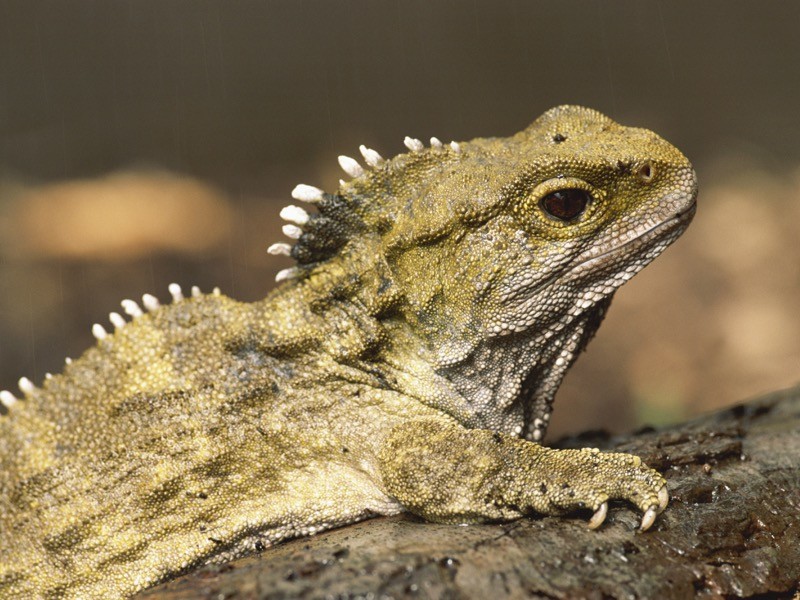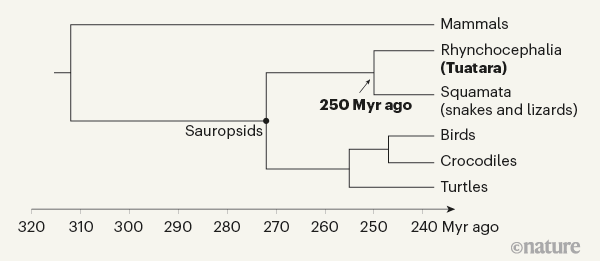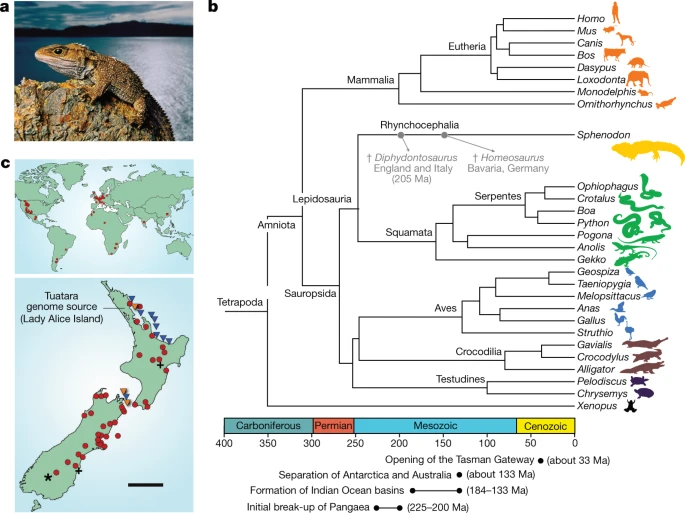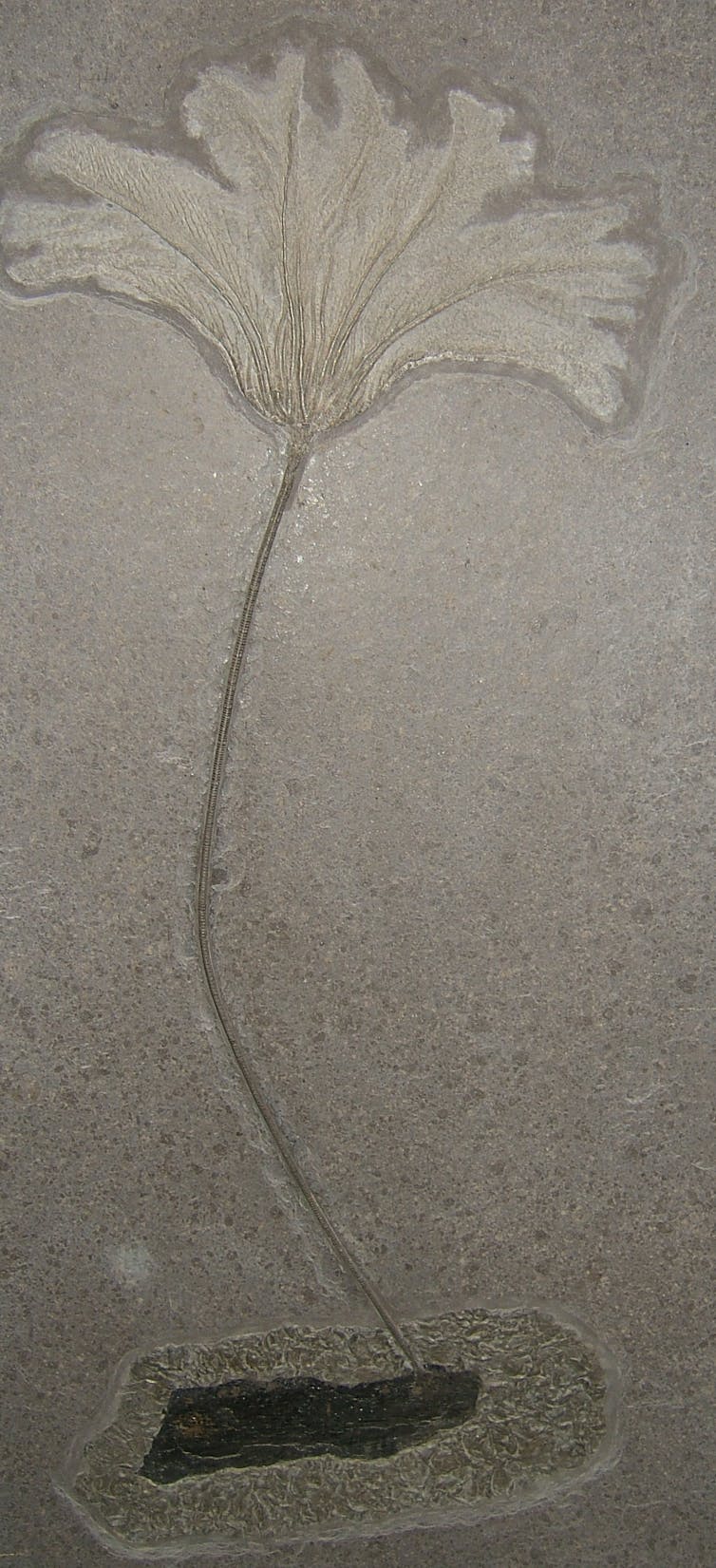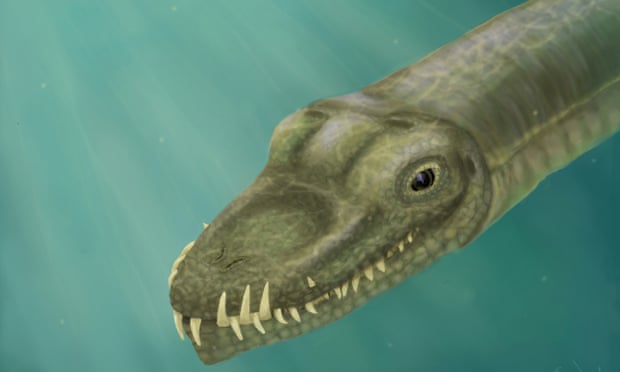Tuatara Genome Revealed
A correspondent has brought THIS ARTICLE to my notice. It tells of how the genetic material of the tuatara was collected, in collaboration with the iconic species Maori guardians. Without their cooperation the material could not have been gathered.
The genome is 50% larger than the human genome and is one of the largest ever published. One purpose was to reconstruct the creatures evolutionary tree.
And here is its evolutionary tree - the simple version.
And here is the more complex version, taken from THE ORIGINAL PAPER.
The papers are interesting as they give an insight into modern biology.
